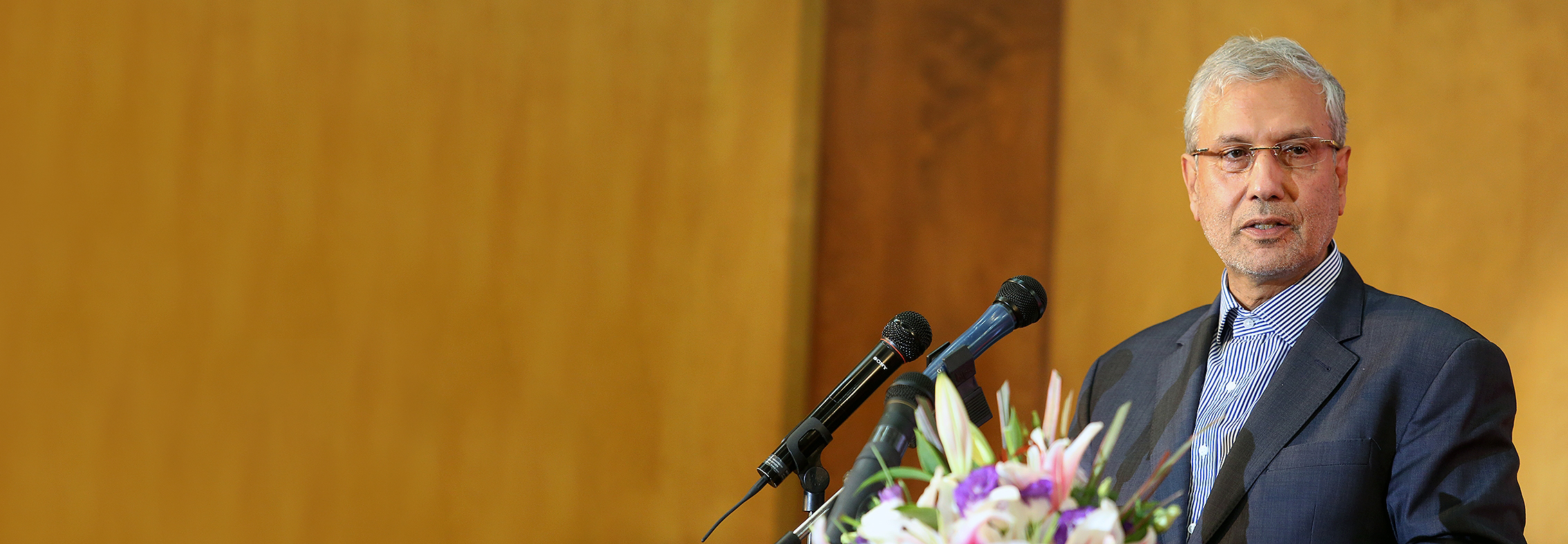Seven-hundred new jobs will be created in the next Iranian year (March 2017-18), says Minister of Cooperatives, Labor and Social Welfare Ali Rabiei.
“The new employment opportunities will be provided in a range of sectors, mainly in information and communications technology as well as in internship programs offered by the ministry,” Rabiei was quoted as saying by Mehr News Agency.
Earlier this month, the minister announced that the share of ICT in job creation is expected to rise by 2% to reach 12% over the next Iranian year.
According to senior presidential advisor Masoud Nili, the government of President Hassan Rouhani is among the world’s top five in generating an annual average of 704,000 jobs.
“This extraordinary achievement has gone unnoticed because of the sharp rise in the number of job-seekers,” he said.
In the first decade after the Islamic Revolution of 1979, Iran experienced a baby boom and the population became larger and younger.
The Iranian population is now estimated at about 80 million, with roughly 60% of ages 30 and younger.
“There were 9.3 million infants and children in the country in 1986, according to the National Population and Housing Census of that year. Ten years later, those children became teenagers and Iran had around 20 million students, which brought additional pressure on the Education Ministry,” he said.
Nili criticized the mushrooming of higher education centers in the past 10 years and said the unemployed baby boomers were somehow sidelined, due to their wide participation in higher education.
According to the presidential advisor, former governments kept a lid on unemployment rates since the growth of universities acted as shock absorbers, offsetting the impact of this vast labor force.
He put the unemployment rate of graduates at 41% and said youth unemployment has had serious repercussions for the government.
“There were 50,000 job applicants a year in the past, but today one million educated, young job-seekers are seeking work. In the past two years, as many as 308,000 unemployed were added every quarter,” he said.
The Statistical Center of Iran put the country’s unemployment rate in summer at 12.7%. The figure registers a 1.8% increase compared with last summer and a 0.5% rise compared with the previous quarter (March 20-June 20, 2016).
The new data show 3.33 million Iranians were unemployed in the second quarter, of whom 10.4% were men and 21.8% were women of ages 10 and above.
According to SCI, the unemployment rate was 14.4% for urban areas and 7.9% for rural areas. Joblessness was higher among women compared to men and among those living in urban areas.
The youth unemployment rate, i.e. the proportion of the population between the ages of 15 and 29, stood at 26.7% in summer, registering a 3.3% rise compared with the same period of last year and a 1.8% increase over last quarter.
SCI has put Q2 labor force participation rate—the proportion of the population of ages 10 years and above that is economically active (either employed or looking for work)—at 40.4% or 26.36 million people.
The figure shows a 1.5% rise compared with the corresponding period of the previous year and a 0.9% growth over the last quarter.
Men’s and women’s economic participation rates were 64.9% and 15.9% respectively. The rate was 39.8% for urban areas and 42.2% for rural areas.
The services sector employed 49.1% of the Iranian population, whereas industrial and agricultural sectors provided 31.5% and 19.4% of the population with jobs respectively.
The services sector consists of wholesale and retail trade; restaurants and hotels; transport, storage and communications; financing, insurance, real estate and business services; as well as community, social, education, health and personal services.
Seven provinces, namely Markazi Province (6.7%), West Azarbaijan (7.5%), Hamedan (8%), Semnan (8.1%), Zanjan (8.2%), North Khorasan (9.7%) and Gilan (9.9%), registered single-digit unemployment rates in summer.
Tehran Province, wherein lies the capital city, registered a 13.3% unemployment rate.
Kermanshah Province suffered the highest unemployment rate of 20.3% among all Iranian provinces.


